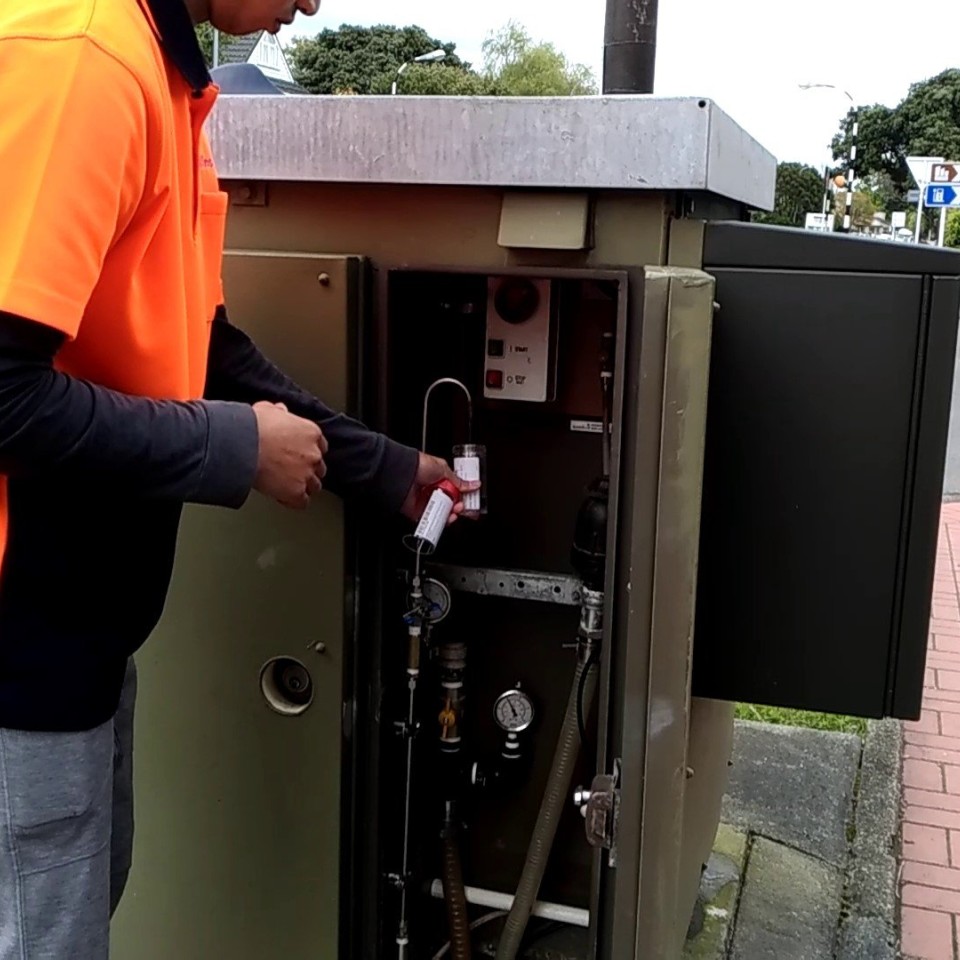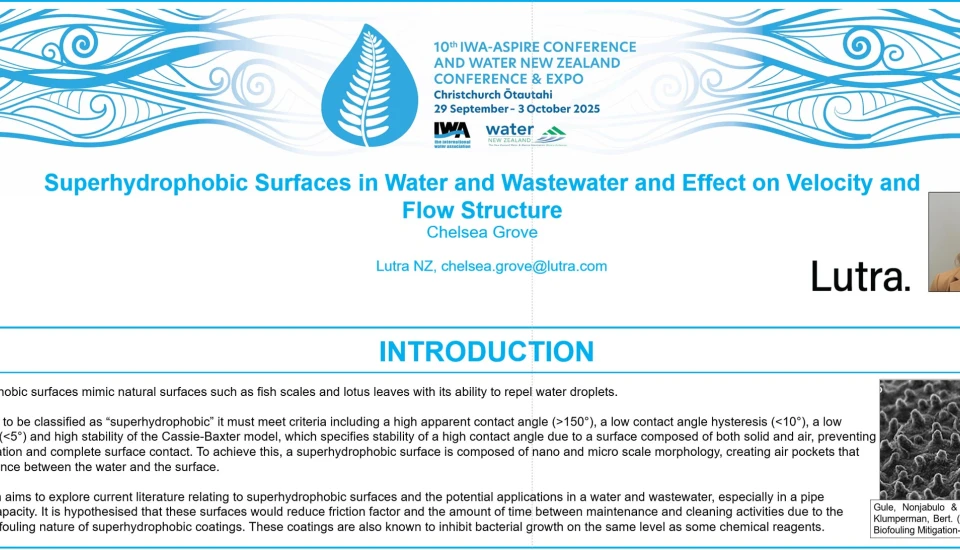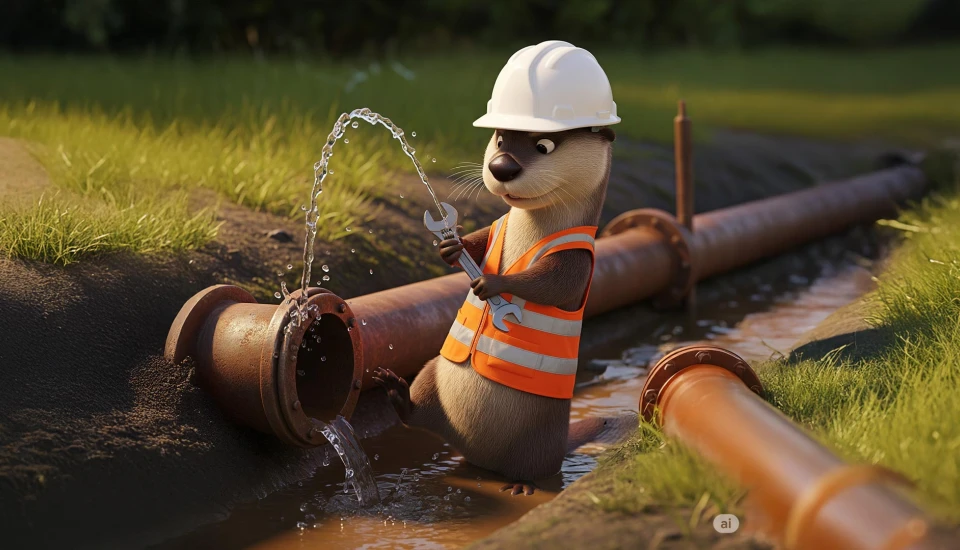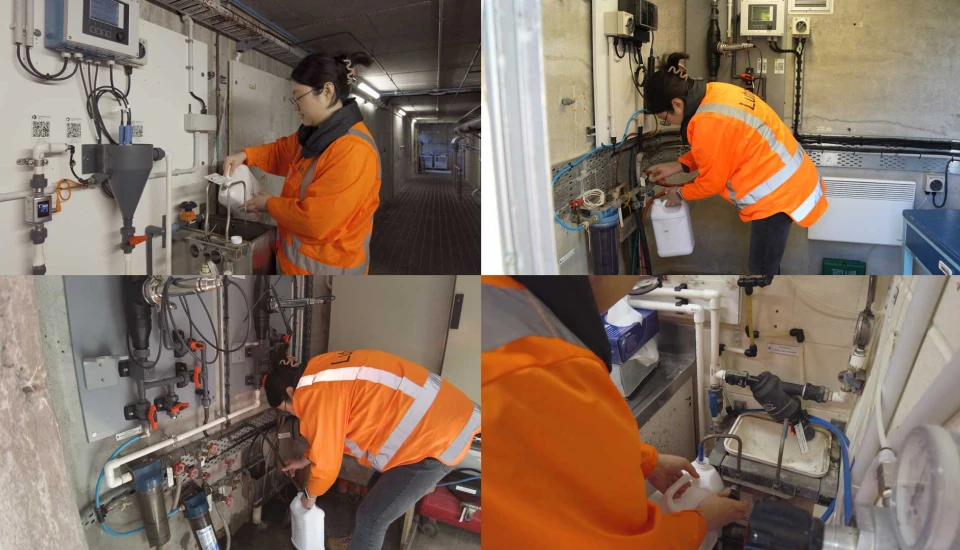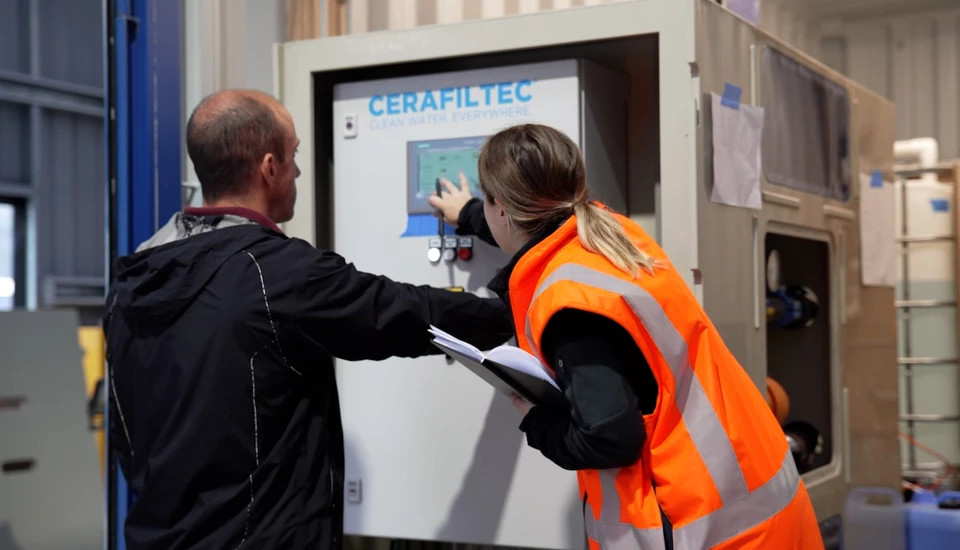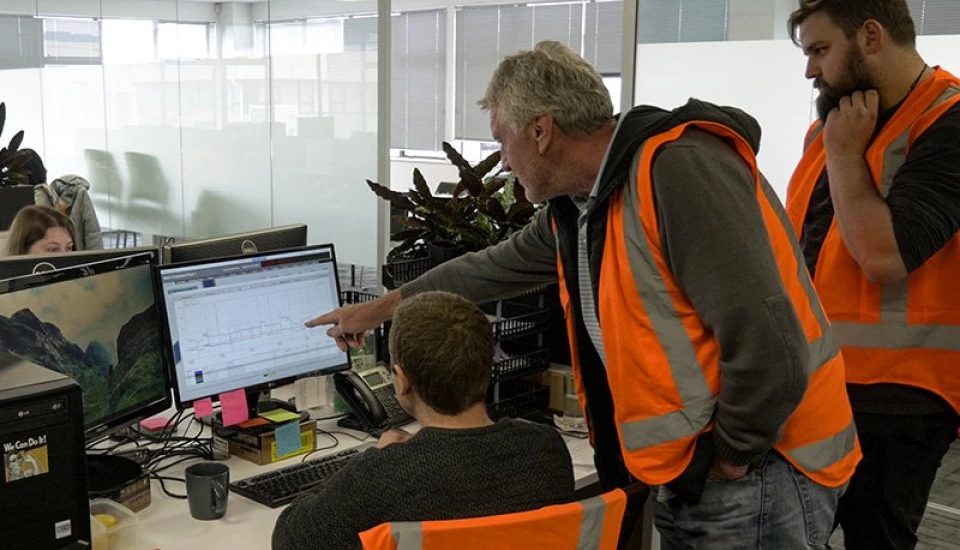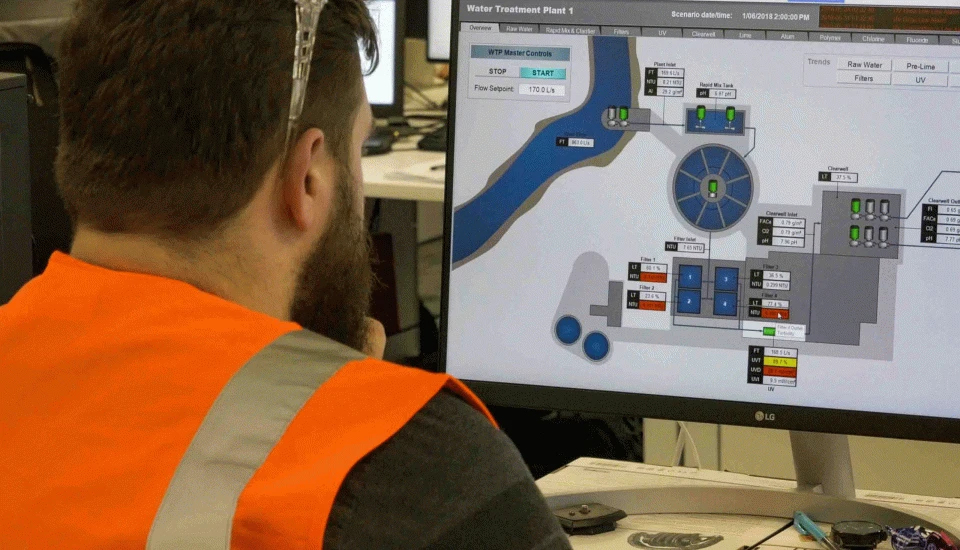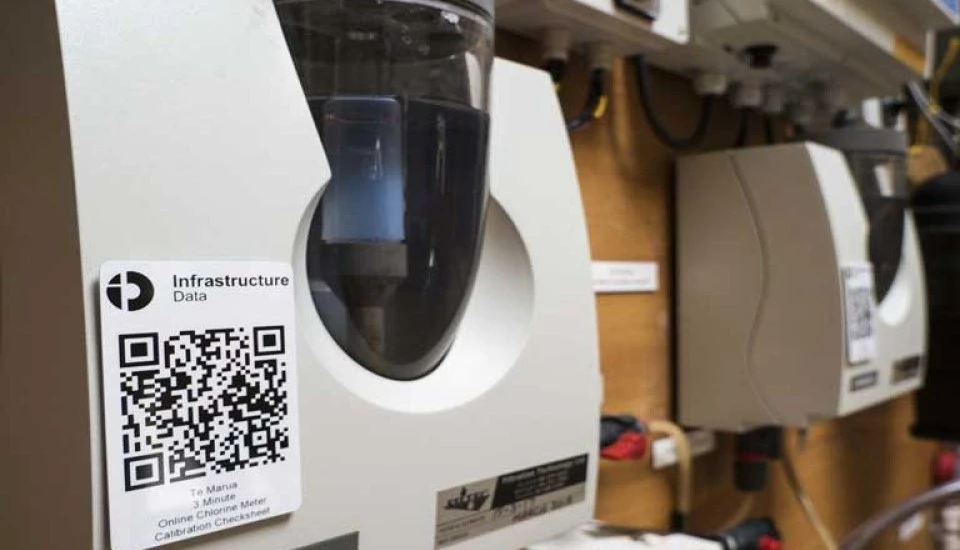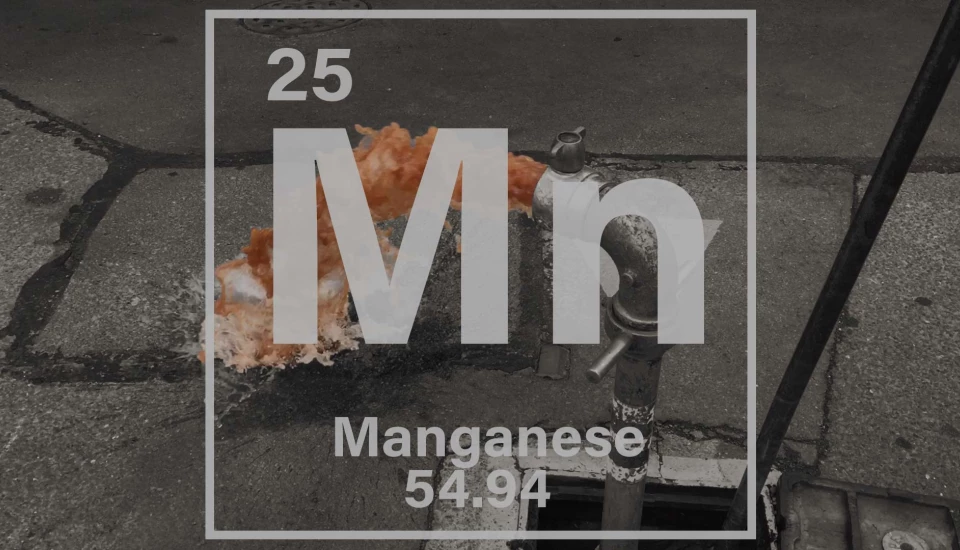The government announcement on Friday regarding the new water regulator is the most important change to the delivery of safe drinking water in decades. As Iain Rabbitts, one of Lutra’s Principal Process Engineers points out, “…we have finally started on the journey to safe drinking water for all New Zealanders.” Read Iain’s thoughts on the announcement ...
Finally, we see what the new drinking water regulator is going to look like. Sitting on the expert panel in front of the Havelock North Public Inquiry, I remember saying that, if we get one thing out of this contamination event and Public Inquiry, let it be a strong independent regulator. Back then, if you had asked me what that might look like, I would have suggested something like the Civil Aviation Authority would be a fair model; something with its own board of directors reporting directly to the Minister (of what I am not sure) and a CEO that commanded the respect of the industry.
So, what has Minister Mahuta delivered? Everything that we could have imagined. Being a Crown Agent with a board of directors allows for the level of independence from political influence that is required to stop the provision of safe drinking water becoming a political football. The scope of regulation and the proposed tools are as extensive as are needed for effective regulation.
Further the Minister has proposed to properly fund this regulator, meaning that it will be able to resource adequately and have the expertise to provide effective regulation of drinking water.
What people need to remember is that we are talking about stopping people getting sick and potentially dying as a result of drinking contaminated water. The number of 34,000 cases of waterborne illness every year was quoted during the Havelock North Inquiry and is quoted in the cabinet papers but what does this mean? Well if we compare that to Havelock North where about 5,000 people got sick and 4 died, that means it is roughly 7 times that number of people got sick from waterborne illness. If we use the same ratio for the number of deaths then that is 28 deaths annually; from drinking water that they thought was OK; from turning on the tap and assuming that everything was safe; from not making any mistake on their part except trusting that they lived in a first world country in the 21st century.
The cost of all this illness is estimated in the Regulatory Impact Assessment, as between $13.5 million and $26.4 million. Yet the direct, immediate cost of the Havelock North contamination event was costed by the Ministry of Health at about $21 million alone. Seven times twenty-one is nearly $150 million per year. So, let’s assume the cost is between $15 million and $150 million per year. Or put another way, the cost of between 10 and 1,000 doctors. But this cost is a double whammy because that cost is not only a cost on our economy, it is also consuming health service resources treating all these sick people, that we can ill-afford in an already stretched health service.
Will the independent regulator change all this? Eventually yes but the changes will take some time. The government has allocated 5 years for the regulation of small supplies – anything larger than a supply to a single dwelling. That probably means that the larger supplies will have less time to get their act into order. That is a huge ask but it can be done. What it means is that water suppliers now need to bring forward all those projects that have been pushed out in the long-term plans for years and finally upgrade the sources, treatment plants, networks and reservoirs. People talk about the cost of all of this but most of the money has been allocated in the council long-term plans already. It’s just a case of getting on with it.
The new independent regulator is the first and most important step on a journey that is going to take several years. It is the most important step because it means, three years after Havelock North, that we have finally started on the journey to safe drinking water for all New Zealanders. Congratulations Minister Mahuta for driving this forward and getting to this point.

